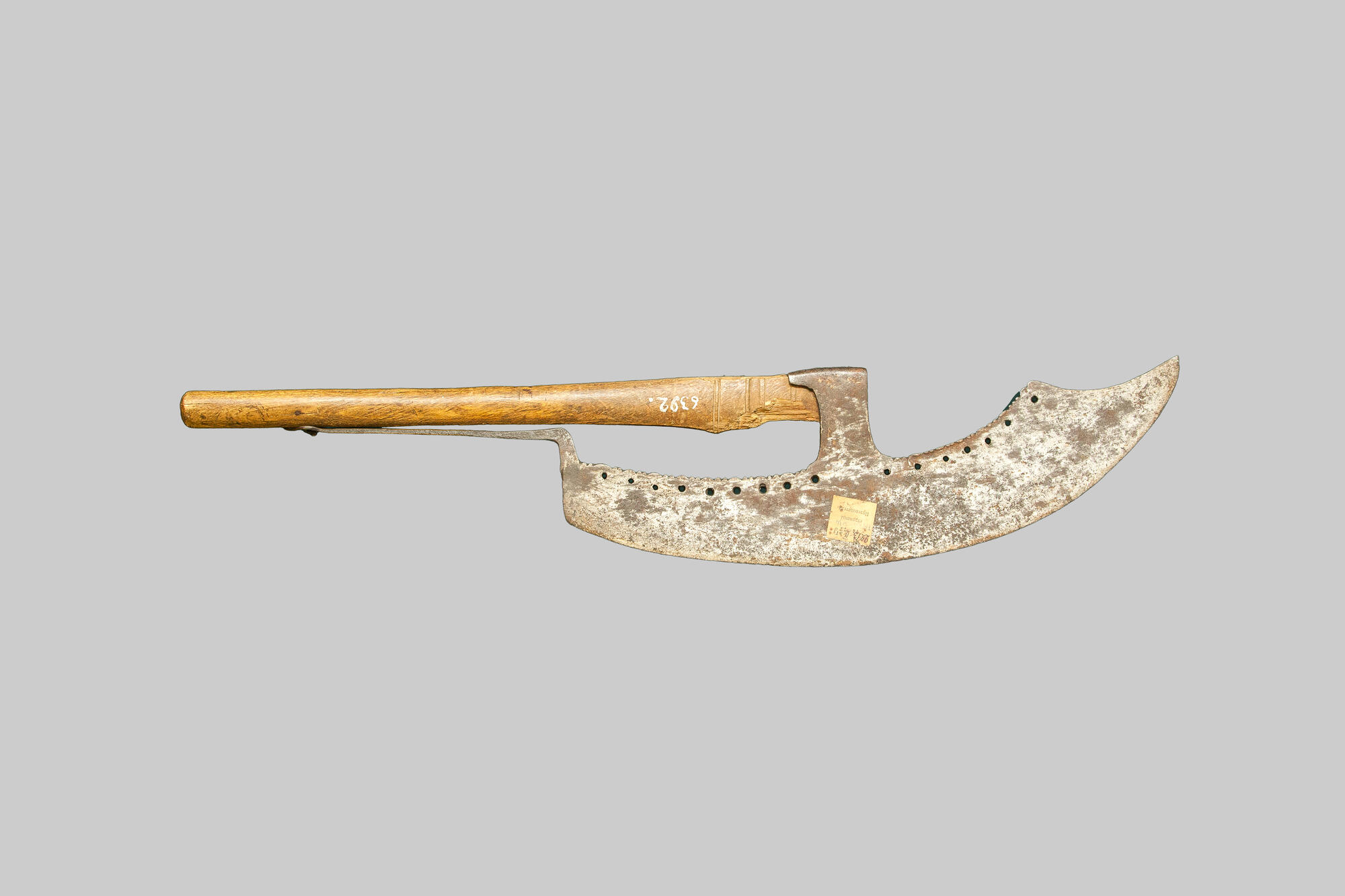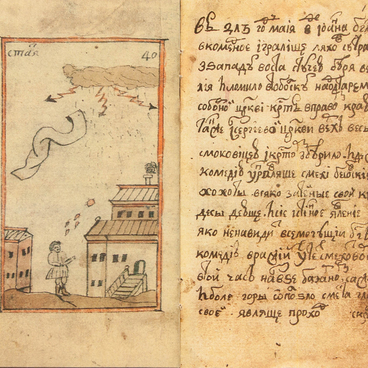In the second half of the 17th century, the service people of Siberia widely used a berdiche, a shaft weapon similar to a poleaxe or an axe. Its distinctive feature is the blade drawn down, which turns into a ‘string’ — a metal plate through which the blade is further attached to the shaft-spear stuff. Axes of this type were so common in the Muscovy that they were manufactured by both metallurgical plants and urban, monastery and rural forges.
In Siberia, due to the specifics of the military tactics of the indigenous population, berdiches were most in demand in the defense of cities and ostrogs. Drawings on the pages of the Remezov chronicle suggest that the 17th-century berdiche was exclusively an infantry weapon. It was almost impossible to use it in a cavalry attack. For example, in the note ‘On military behaviour’ in 1701, the thinker Ivan Tikhonovich Pososhkov wrote:
In Siberia, due to the specifics of the military tactics of the indigenous population, berdiches were most in demand in the defense of cities and ostrogs. Drawings on the pages of the Remezov chronicle suggest that the 17th-century berdiche was exclusively an infantry weapon. It was almost impossible to use it in a cavalry attack. For example, in the note ‘On military behaviour’ in 1701, the thinker Ivan Tikhonovich Pososhkov wrote:



